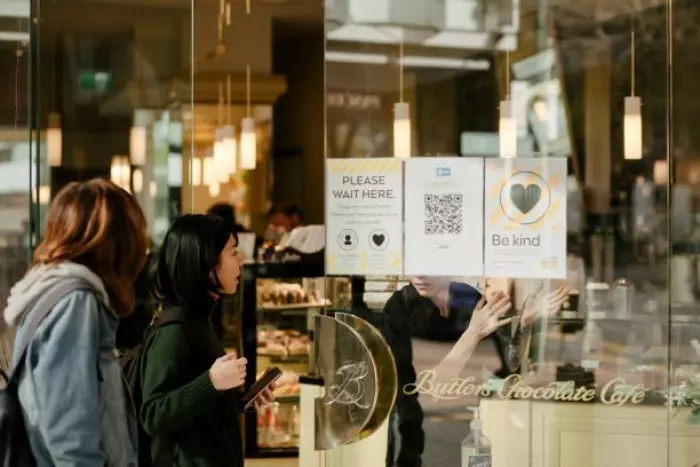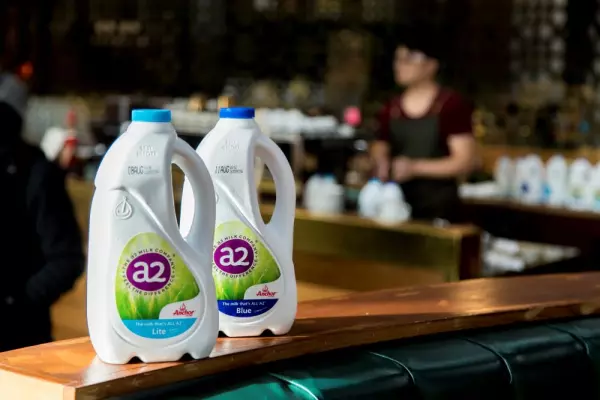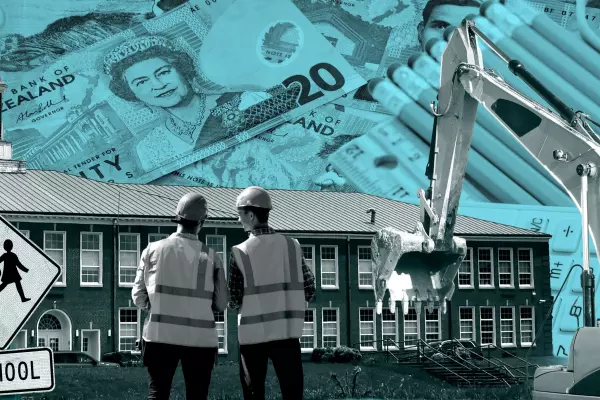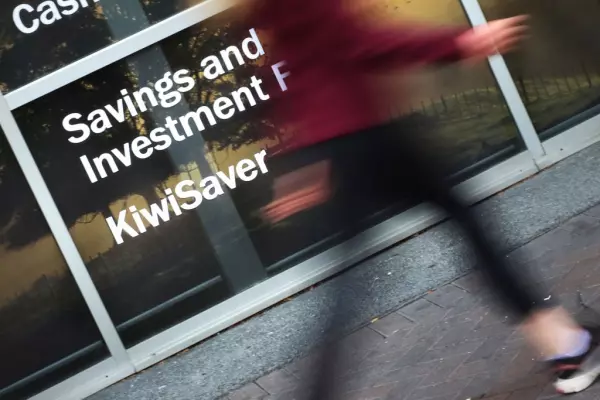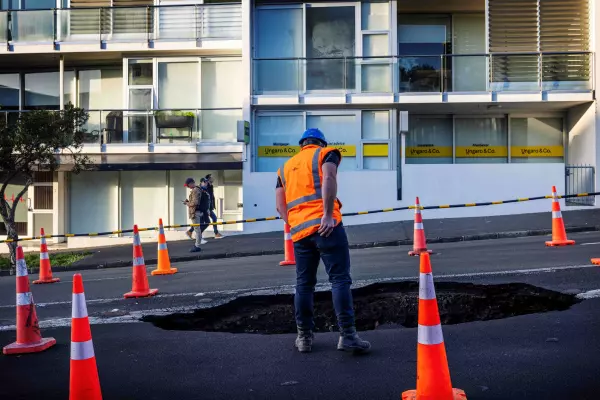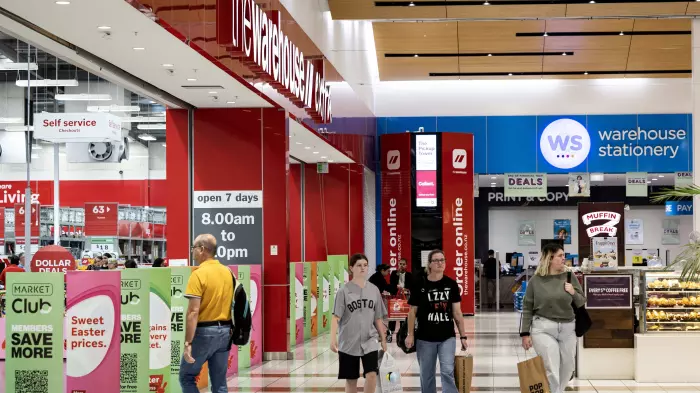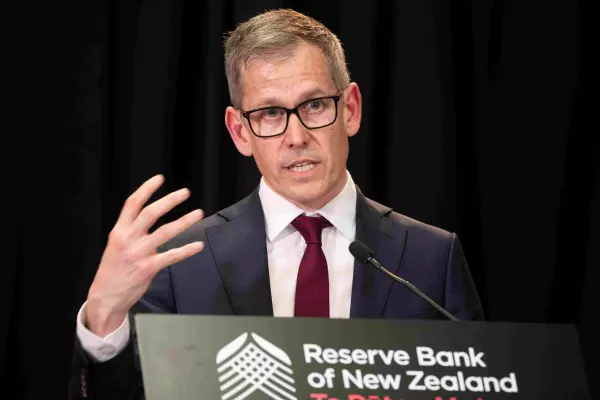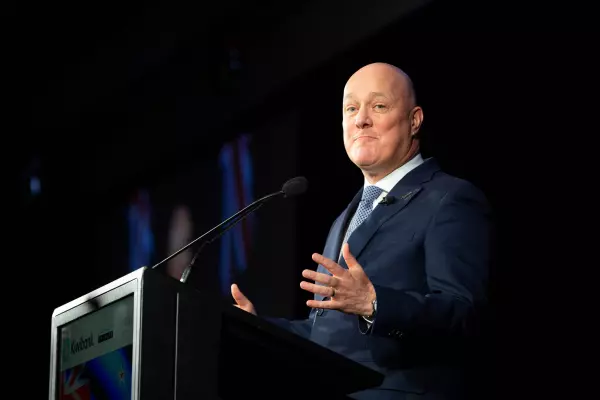A second wave of unemployment is underway with close to one million workers losing their wage subsidy support in the space of three weeks.
A BusinessDesk analysis of wage subsidy data shows that coverage from the initial subsidy ended for about 1.3 million jobs between June 12 and July 3.
Of the remaining 290,000 jobs under coverage, half were due to run out by July 10.
This has been offset somewhat by the eight-week extension to the subsidy. The extension is available to any business that can demonstrate a 40 percent decrease in revenue compared to pre-covid trading, a higher hurdle than for the first round of wage subsidies.
By July 3, 372,000 jobs were covered under the extension. But that still leaves almost one million jobs no longer supported by a subsidy in the space of three weeks.
And while businesses which are granted an extension are the most stressed, a business can be down by up to 39 per cent from the same time last year and not qualify.
A second wave
As the subsidy wears off numbers of people requesting help from MSD have started to increase again.
After an initial surge in new unemployed in March and April, JobSeeker benefit numbers settled at 190,000 and remained steady through the back end of May and into June.
But in the three weeks to July 3 a further 12,000 joined the ranks of those receiving unemployment support from MSD. This increase coincides with the start of the Covid-19 Income Relief Payment (CIRP).
Economist Shamubeel Eaqub says the data shows a second wave of job losses is now underway.
“In the initial period of the lockdown we saw this extraordinary frenzy of job losses. There were periods when we were getting 6000-7000 job losses a week. That is pretty unusual for New Zealand, we never see job losses of that magnitude in a week,” he said.
“The second wave that we are seeing, it looks like we are starting to see not quite the same frenzy of job losses, but certainly pretty high numbers.”
In recent weeks new jobless numbers are increasing at about 4000 per week. Although this includes the – more widely available – CIRP.
More generous than the 'dole', the CIRP payment offers $490 a week for 12 weeks.
In the hospitality sector, some employers are finding prospective employees are happy to wait for the 12 week period to run out before seeking new jobs, says Hospitality NZ chief executive, Julie White.
The hospo sector is particularly sensitive to the impacts of covid, with 60 percent of HNZ laying off up to half their staff since lockdowns began, but with around a third now reporting stronger trading in June and July than during the same months last year.
Suburban, late night and regional hospitality venues are doing better than central city locations, she says, with many workers still not and perhaps never returning to the office.
A third are also saying they intend to employ more staff, but they are erring on the side of casual over regular employment and being more ruthless about opening hours to shore up profitability.
White says the current buoyant vibe may last until after the next school holidays, but fears a wave of layoffs between October and December.
"That's when I fear the carnage will come."
A more normal recession?
However, hospitality is not the whole economy and Eaqub says that many of the businesses no longer receiving the wage subsidy will be somewhere back near pre-covid levels. He believes what we are seeing now is the beginning of a more “normal” recession.
“During the lockdown we had 45,000 job losses, during the entire GFC we had 80,000 job losses in the course of two years.”
“Recessions are not usually counted in days and weeks like this last period has been. The next period we are looking at is more of that slower moving, but longer thing.”
Eaqub says there will be another wave of unemployment pain when the wage subsidy extension ends for the most stressed businesses in September.
“As these policy supports come off there will be a whole bunch of businesses that face that cliff.”
BNZ Head of Research Stephen Toplis said the exact timing and true extent of job losses was difficult to forecast.
“It is almost impossible to identify which businesses will do what and none of us are kidding ourselves that we know exactly how many people are going to lose their jobs, but it is going to be significant and there is no way of avoiding that.”
“The actual numbers of people who lose their job will rise faster than those benefit [Job Seeker and CIRP] numbers rise,” he said.
Toplis said there are three main factors driving unemployment.
“There are several things going on here. The first thing is people being displaced from industries that are going to have a substantial period of time where they face difficulties. In addition to that you are also going to see businesses across the board who are facing low revenue that will look to reduce staff numbers. And last, but not least, you get that classic phenomenon that all businesses use and that’s ‘don’t waste a good recession’.”
He also cautioned against putting too much stock in official unemployment numbers. Noting that a shrinking labour force could hide the true extent of joblessness relative to pre-Covid times. Employment numbers, would provide a more accurate picture, he said.
All of the major banks and the top Government forecasts foresee unemployment peaking in the September or December quarter.
How bad it will get depends on who you ask. The more recent forecasts from the banks which incorporate the successful response to the initial Covid-19 wave tend to be more optimistic than RBNZ and Treasury whose forecasts are now a couple of months old.
- additional reporting by Pattrick Smellie


